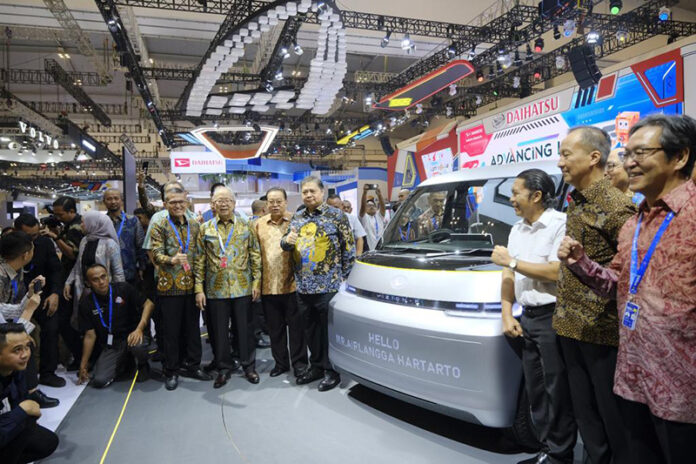Indonesia’s economic growth in the second quarter of 2023 reached 5.17 percent year-on-year (YoY), marking a record seven consecutive quarters of above 5 percent economic growth.
According to Indonesian Coordinator Minister for the Economy, Airlangga Hartarto, Indonesia’s GNI per capita was at US$4,580, and it was hoped that at the end of 2024 it would reach US$5,500. Based on World Bank data updated in July 2023, Indonesia is again included in the upper middle-income country category.
The Indonesian Manufacturing PMI Index in July 2023 also continued its expansionary trend for 23 consecutive months, namely at the level of 53.3, which shows the high optimism of manufacturing industry players in Indonesia amidst the instability of global conditions and weakening world markets.
The economy has grown beyond the expectations of both analysts and institutions, said Coordinator Minister Hartarto, while speaking at the opening of the 30th Gaikindo Indonesia International Auto Show (GIIAS) in Tangerang, Banten, on 10 August. “We have the ability for strong resilience,” emphasized Mr. Hartarto, adding that, “in light of this, the Secretary General of the OECD, who is in Jakarta for a visit, has given a very positive response to Indonesia’s interest in becoming a member of the OECD.”
One of the reasons for this expansive economic growth in the second quarter of 2023 was the manufacturing sector, which was able to grow by 4.88 percent YoY, and contribute 18.25 percent to the country’s GDP. Meanwhile, the Transportation Equipment Industry, which has been recording positive growth for nine consecutive quarters from Q2-2021 to Q2-2023, grew by 9.66 percent in the second quarter, and contributed 1.42 percent to the national GDP, said the coordinator minister. He also revealed that based on the latest report from the Institute for Management Development (IMD), Indonesia’s competitiveness jumped 10 levels from 44 to 34 with economic performance being the key.
Closing his remarks, Mr. Hartarto noted that the Government continues to promote export growth while also reducing carbon emissions by, among others, encouraging the use of electric vehicles. In the doorstop session, the coordinating minister explained to the media that the number of electric vehicles that were displayed at this year’s GIIAS, was a huge increase from that in the previous year.


















